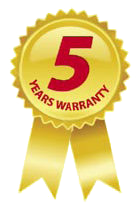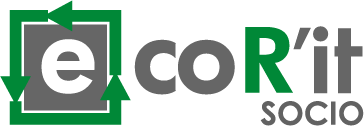Search
EU PROJECTS
Our products
Our services
OPTOLUMIN ITALIA S.r.l.
Via C.G. Merlo, 3
20122 MILANO
P.Iva 02700810795
e-mail: info@optolumin.com
tel. +39 02 40044329
OPTOLUMIN POLSKA Sp. z o.o.
ul. Piwna 3a
65-315 Zielona Góra
tel. +48 68 4553301
GERMANY
Gortzhof 45
45891 Gelsenkirchen

Optolumin has got years of experience in electronics and lighting branches on the European markets, especially in Italy, Germany and Poland. We can offer a wide range of highly innovative LED technology lighting products, which measure up to expectations of the final customers. Main features and advantages of various standard base types are energy-saving, functionality, wide range of applications and long lifespan. We guarantee the highest quality, professionalism and strict correspondence of the product specification and the product offered, which allows us to offer up to 5 years warranty. We gather and analyze market requests to provide products, which can be applied regardless to the conditions of area they are applied on. Save your time, sell our product, which is universal and easy to combine with other elements offered, therefore easy to be sold.
Protect your environment. Start with yourself. Choose Optolumin energy-saving LED lighting for your house, patio, store, office, industry.
Choose the future. Choose the best European distributor.

5 YEARS WARRANTY FOR ALL OUR PRODUCTS
EXCEPT STRIP LIGHTS (2 YEARS)

Our products are recyclable. LED lighting is highly efficient, long lasting, environmentally
friendly and inherently controllable-enabling both new and traditional applications of light. Already LED based solutions
illuminate famous buildings, bridges, retail shops, television studios, theatre stages, hotels. WHAT ARE THE ADVANTAGES OF LED'S? LEDs have a variety of advantages over other light sources: 1960s Nick Holonyak Jr. invented the first light emitting diode (LED) at General Electric. These first LEDs were red and later used as indicators in many applications. George Craford, the current CTO of Philips Lumileds, is recognized as the inventor of the amber (yellow) LED and was awarded the 2002 National Medal of Technology
by the President of the United States for his work along with Holonyak Jr. and Depuis. 1970s Continuing a march down the visible spectrum, green, yellow and orange LEDs were created. Wide market acceptance
was beginning to form and the number and types of applications continued to grow.
LED displays were used in calculators, digital watches and test equipment. EARLY 1980s LEDs continued to improve in light output. Superior LEDs were developed with new technologies.
The new LEDs were more efficient, using less power and generating brightness levels ten times greater than previously. LEDs were now begin used in message and outdoor signs. LATE 1980s - EARLY 1990s As performance continued to improve, new types of packages were developed for high-brightness LEDs.
Traffic lights became one of the first widespread applications
of HB-LEDs. LEDs gained deeper market penetration as they were placed in more rugged applications. MID 1990s Dr. Shuji Nakamura of Nichia Chemical Corporation invented the high-brightness blue LED. This was later used as the basis for white LED which combined the blue LED and a phosphor to convert the blue to white light. TODAY LEDs have reached performance levels far exceeding early projections. Today, LED lighting systems are viable for a wide-range of applications including façade lighting with distances of 400 feet (150) or more. White LEDs have archived performance of over 100 lumens per watt in the laboratory, making them applicable to significant energy-saving general illumination applications.
In all our products, we can install the LEDs of the largest manufacturers worldwide such as Philips, Osram, Cree, BRIDGELUX, LG.
Depending on the manufacturer specifications may vary.

